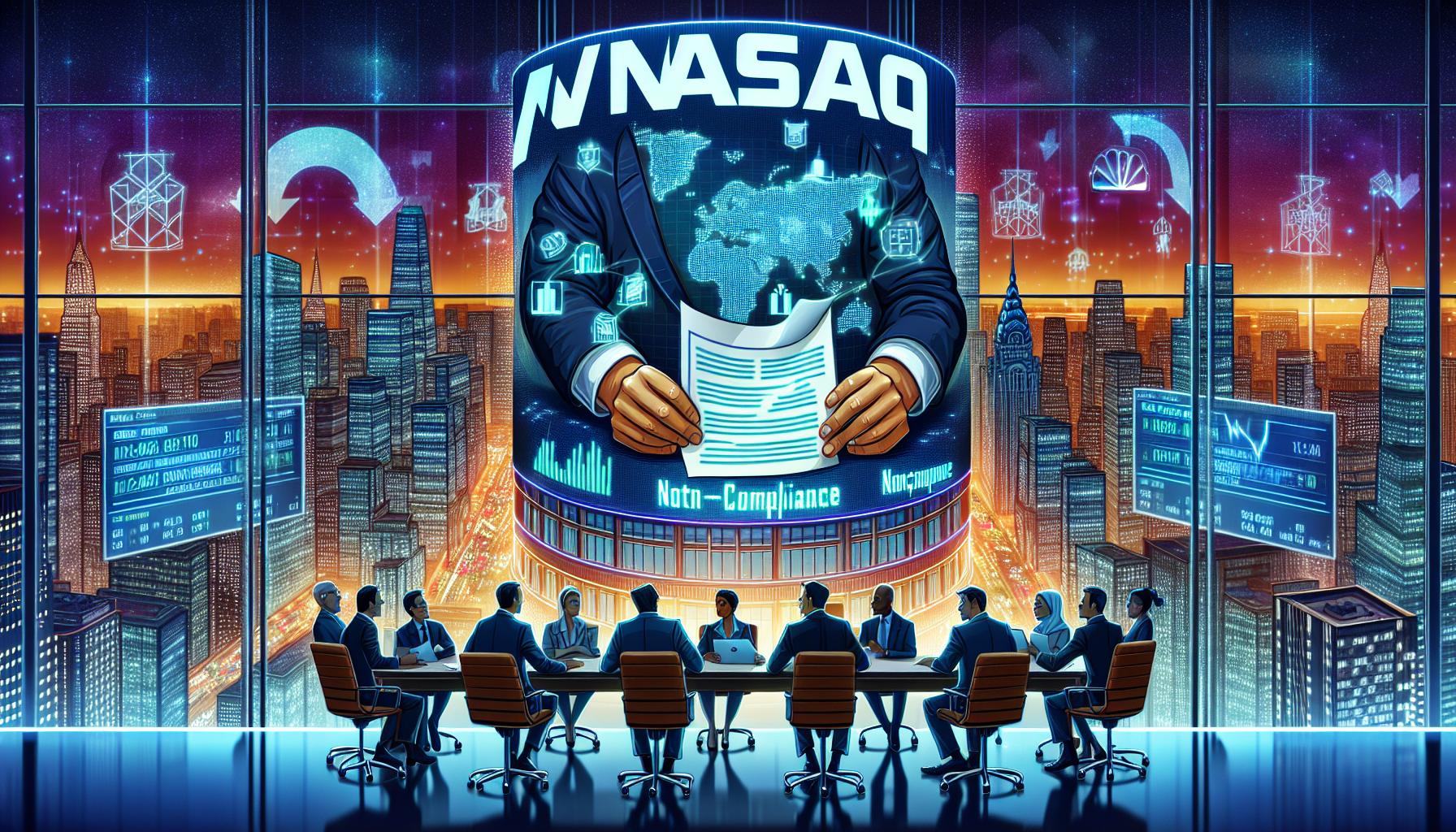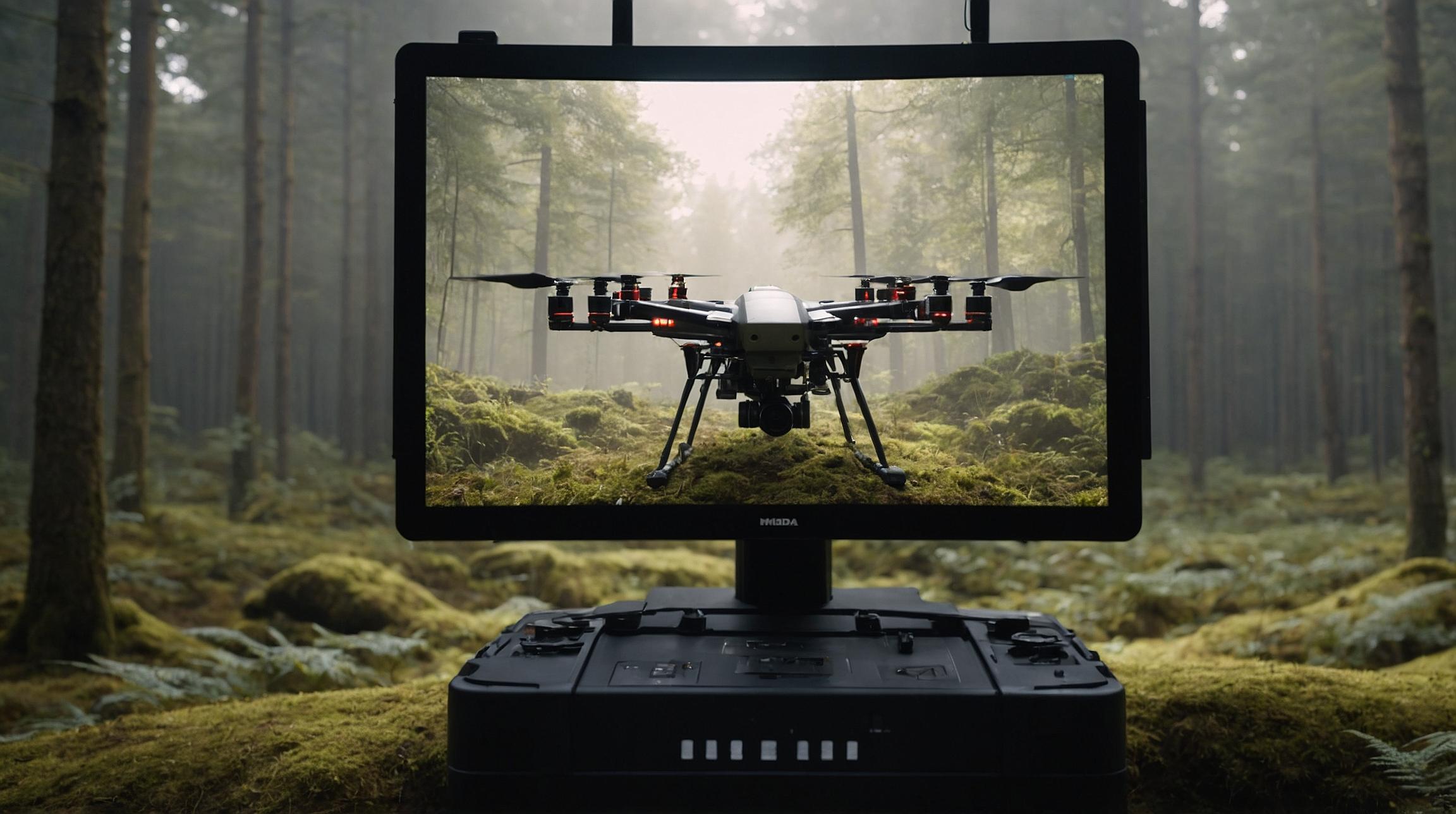The Revolution and Challenges of Real-Time Translation Technology
In an era where the global marketplace and multilingual communication are paramount, technology's role in bridging language barriers has never been more critical. The Humane AI Pin, with its promise of real-time translation without the need for screens, ignites a spark of hope for a future where linguistic borders are effortlessly crossed. However, firsthand experiences suggest we may still be on the cusp of achieving this dream.
The Promising Demo of the Humane AI Pin
During a demonstration, the potential of Humane AI's translation tool was showcased, revealing a scenario where conversations flowed freely between languages, with the AI Pin seamlessly converting Spanish to English and back. The absence of screens facilitated genuine eye contact, enhancing the feeling of natural dialogue. Unlike other digital translators, the AI voice sounded less robotic, hinting at a future where AI translation is indistinguishable from human interaction.
The Reality: A Work in Progress
However, when put to the test with languages like Japanese and Korean, the AI Pin's performance fell short, delivering gibberish instead of accurate translation. This discrepancy highlights the current technological limitations and the intricate challenge of developing AI that can understand and translate the nuance and complexity of human language.
The Personal Toll of Language Barriers
Beyond the technological spectacle, the struggle against language barriers bears a profound personal dimension. Growing up in a multilingual family, the author experienced firsthand the frustrations and miscommunications that arise when language fails to connect us. In moments of critical need, such as navigating healthcare for non-English-speaking relatives, the limitations of current translation technology became painfully evident. The promise of tools like the Humane AI Pin not only represents a leap forward in convenience but a potential lifeline for families caught between languages.
The Complexities of Translation
Real-time translation is an ambitious goal, complicated by the nuanced nature of human language. High-context languages, such as Japanese and Korean, require an understanding of context, tone, and unspoken cues, which current AI technology struggles to grasp fully. These challenges underscore the inherent complexity of translation, which is as much an art as a science.
A Hopeful Horizon
Despite the shortcomings of current technology, the pursuit of seamless, real-time translation remains a noble and necessary endeavor. As we advance, the focus must not only be on developing AI capable of translating words but also on understanding the intricate tapestries of human communication. Our increasing global interconnectedness depends on breaking down language barriers, not only to survive but to thrive in a world rich with diverse voices and perspectives.
In conclusion, while the Humane AI Pin offers a glimpse into a future where language barriers are effortlessly overcome, our journey towards achieving this vision is far from over. The challenges are significant, but the potential benefits—for personal connections, global business, and understanding across cultures—are immeasurable. As technology evolves, we edge closer to a world where no one is lost in translation.
Analyst comment
Overall, the news is positive as it highlights the potential of the Humane AI Pin to overcome language barriers. However, it also acknowledges the current limitations of the technology, especially with high-context languages like Japanese and Korean. The market for real-time translation technology is expected to continue growing as advancements are made in AI capabilities and understanding human language nuances.













